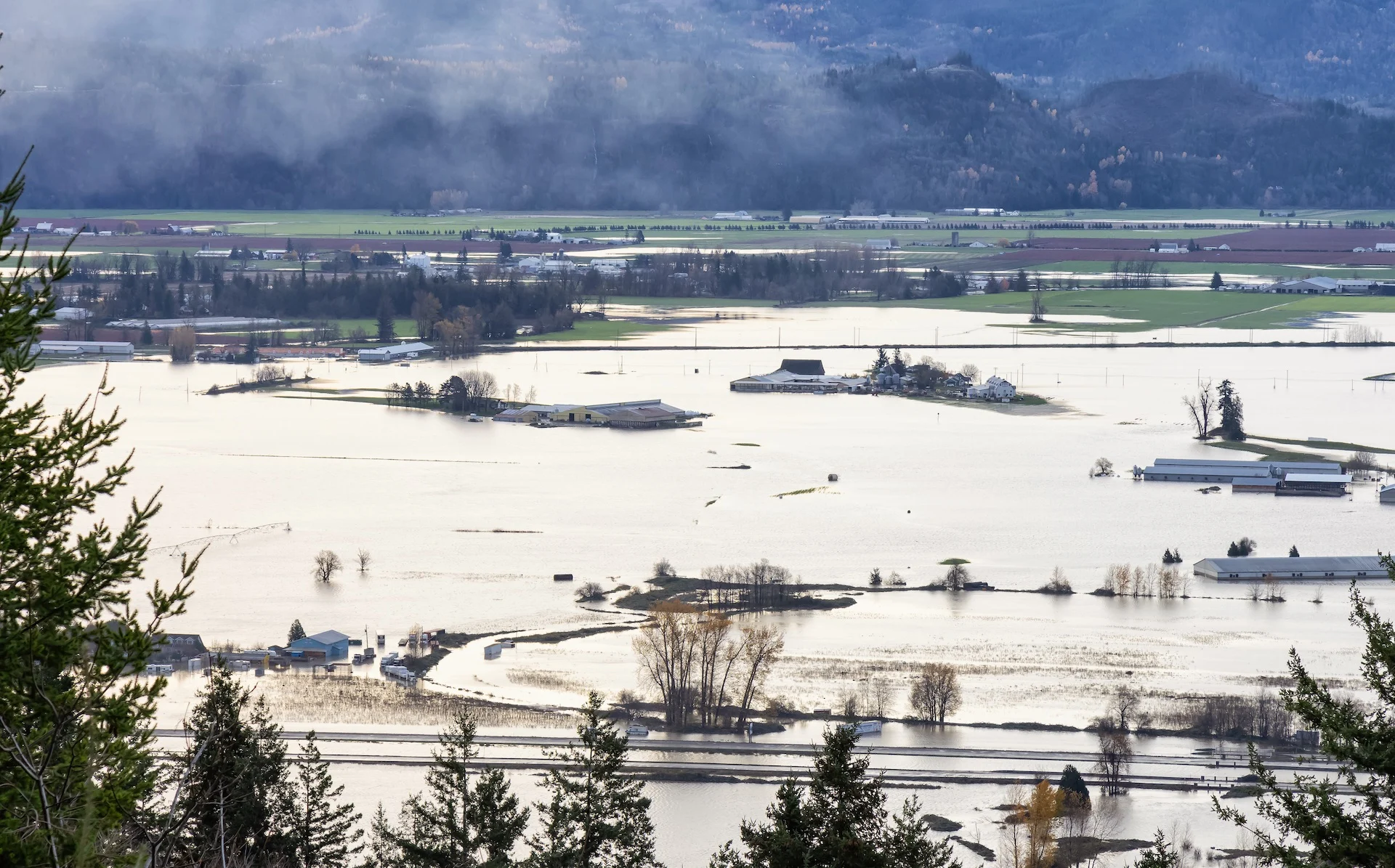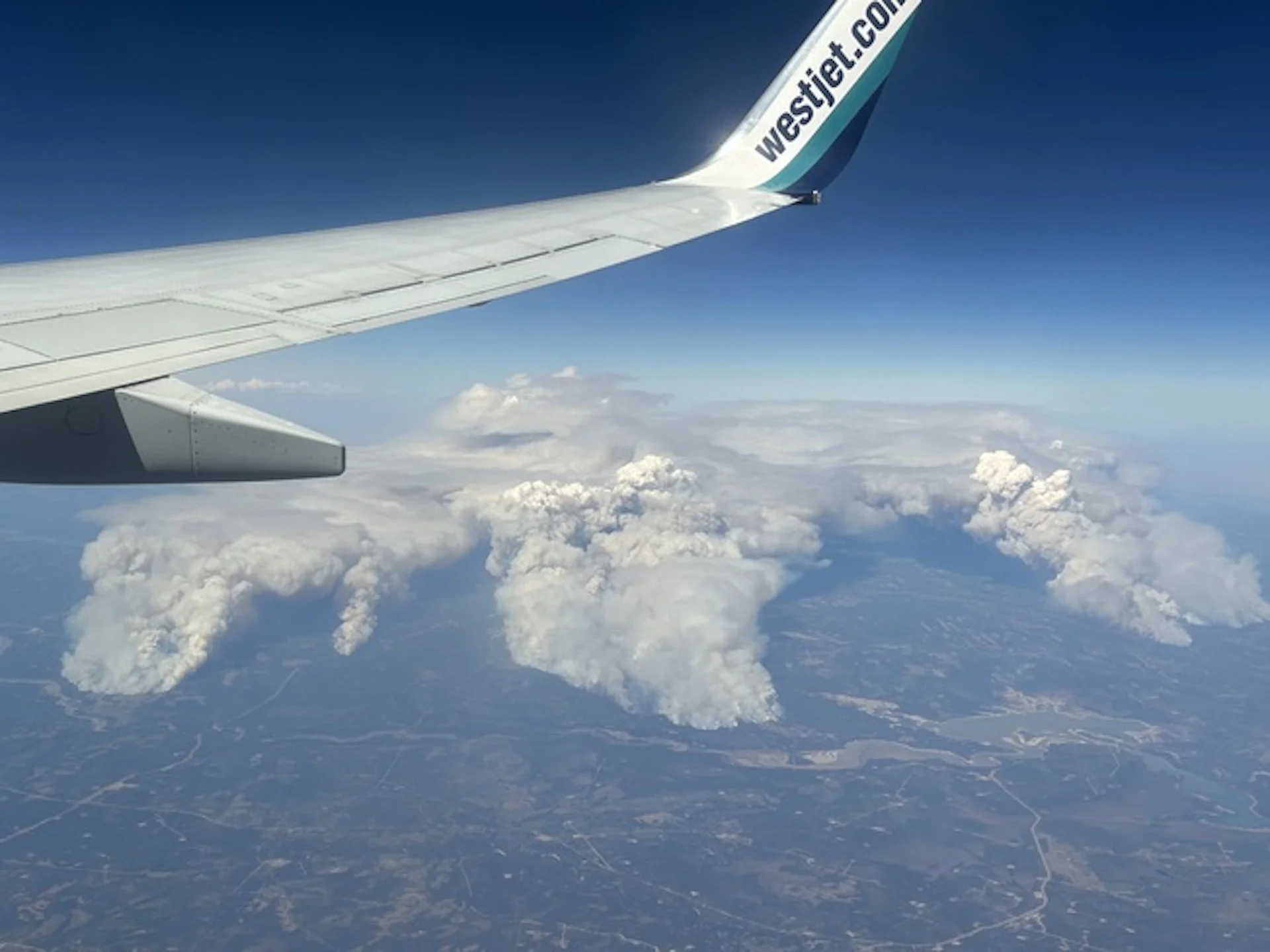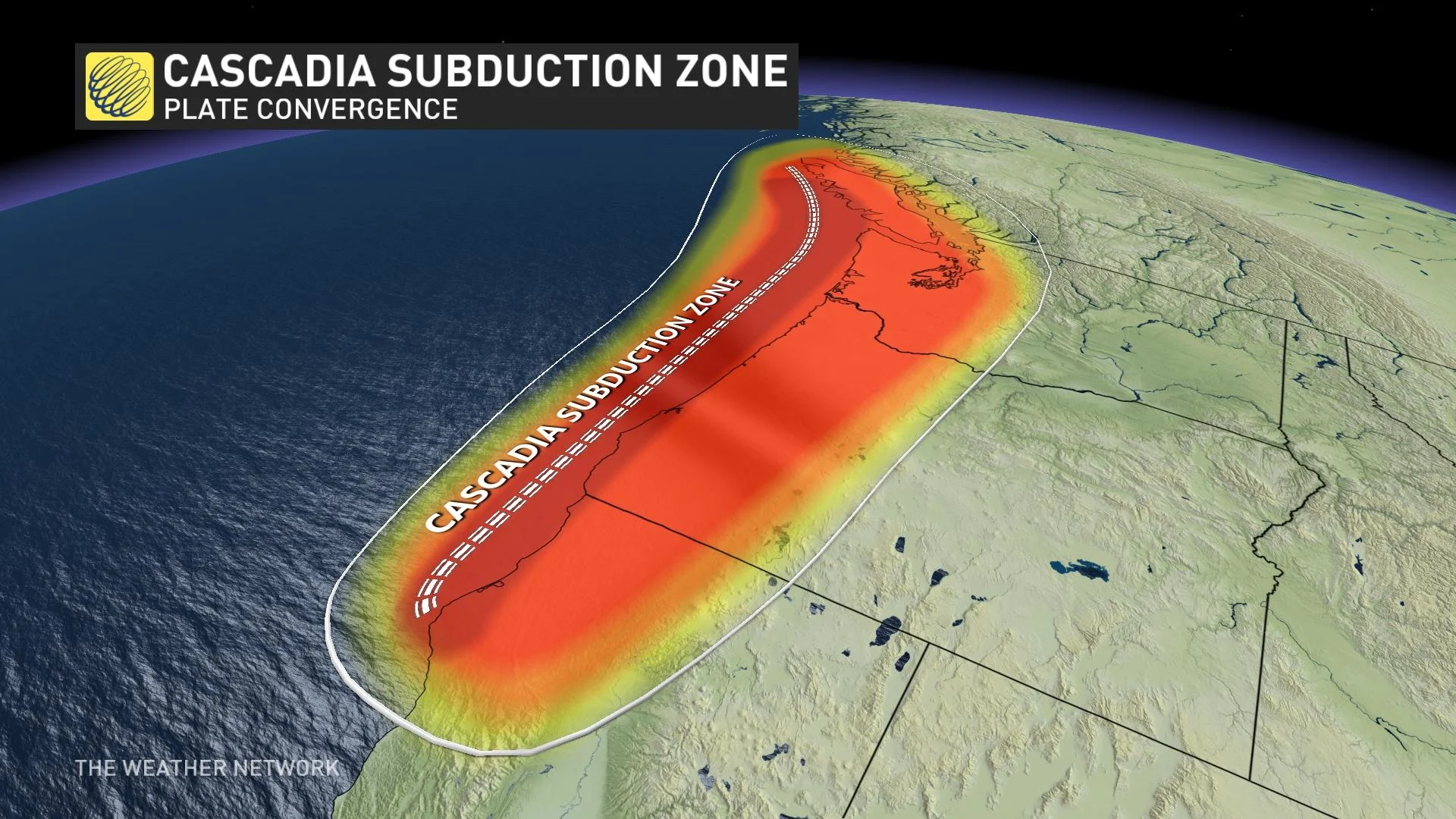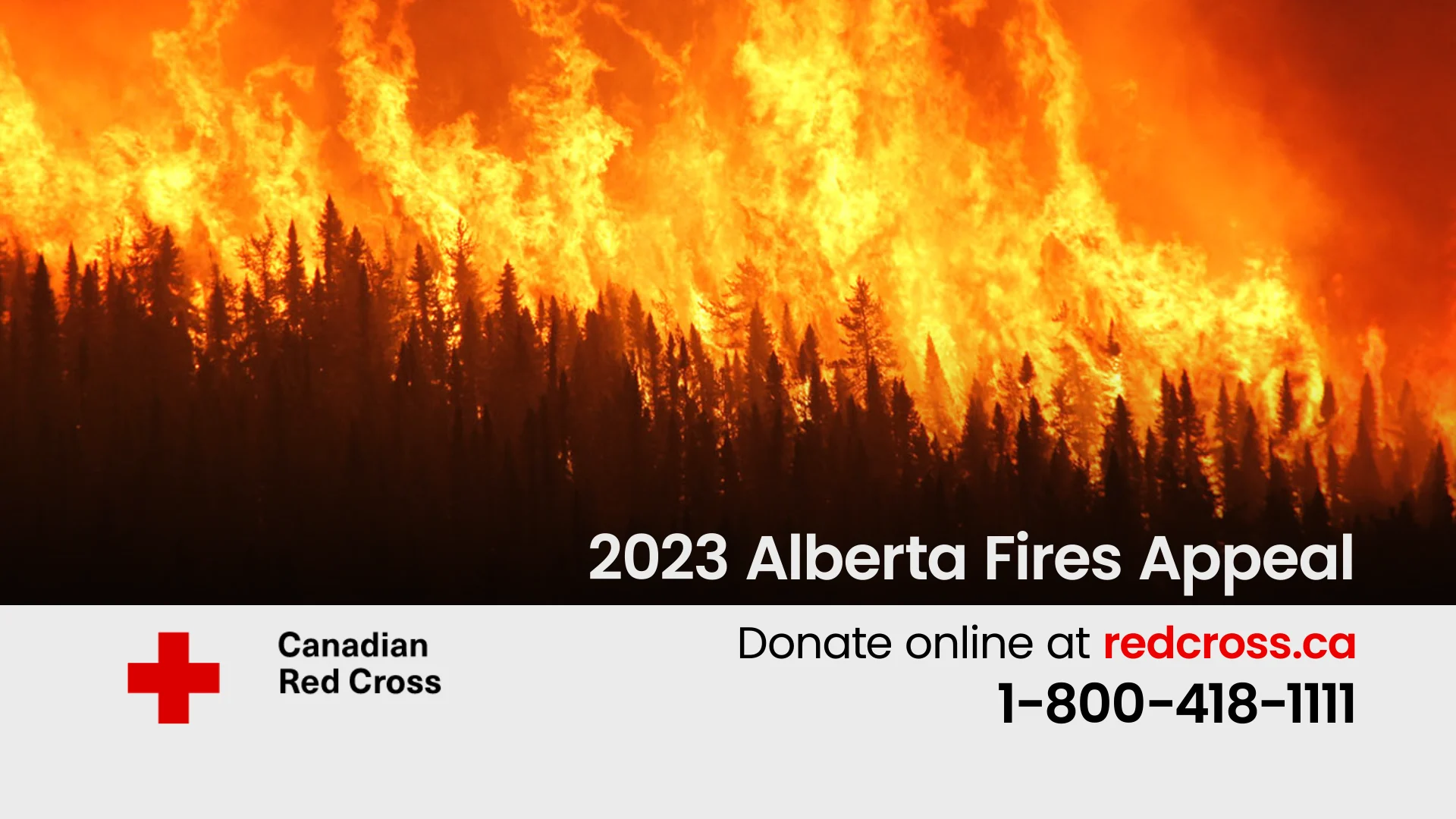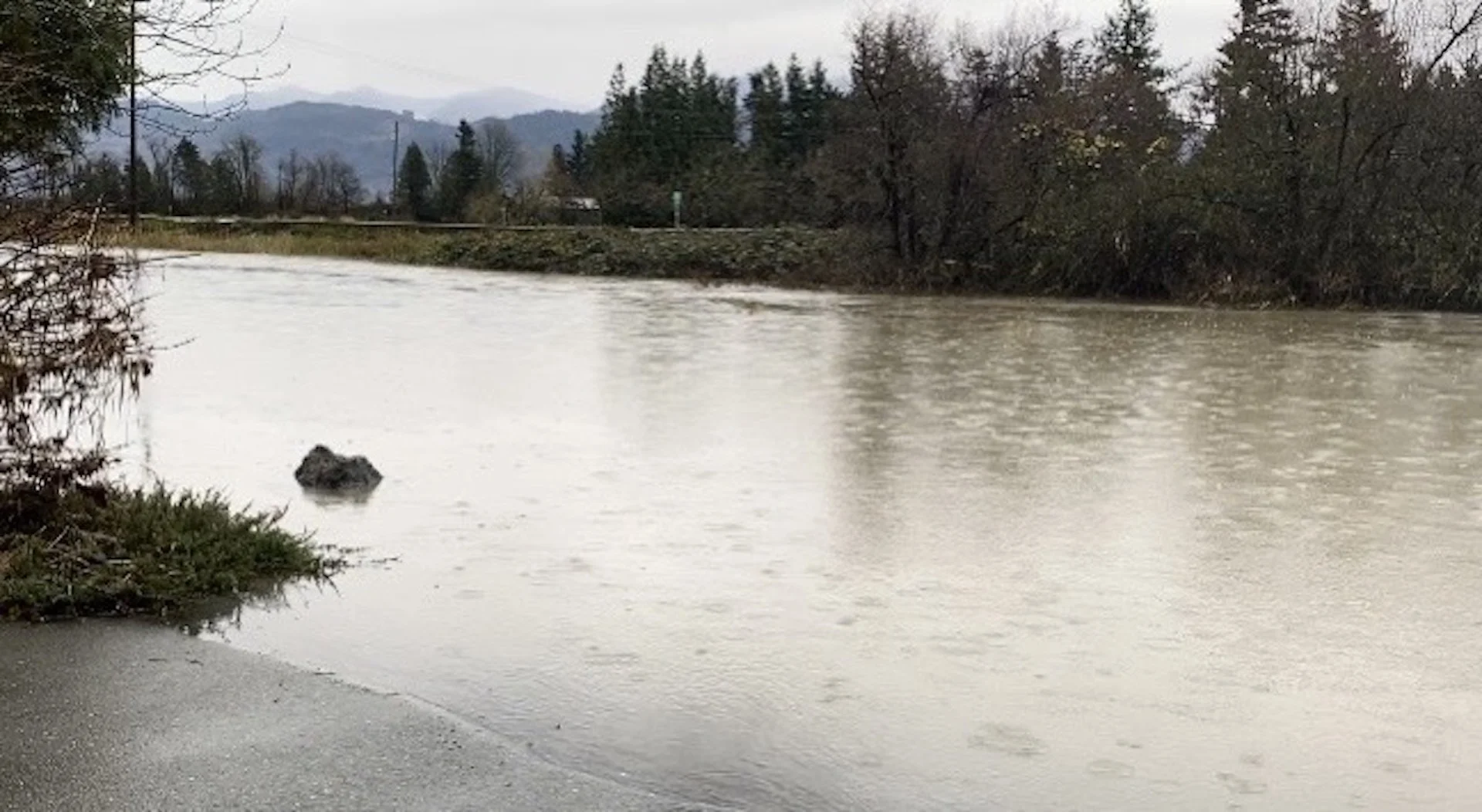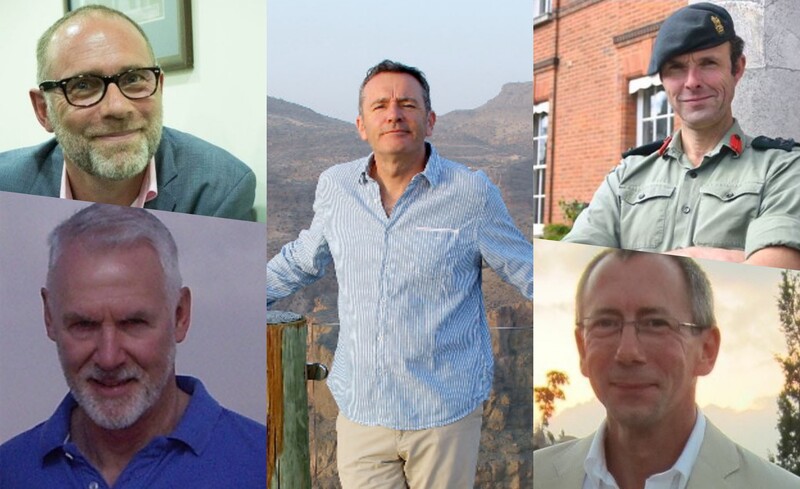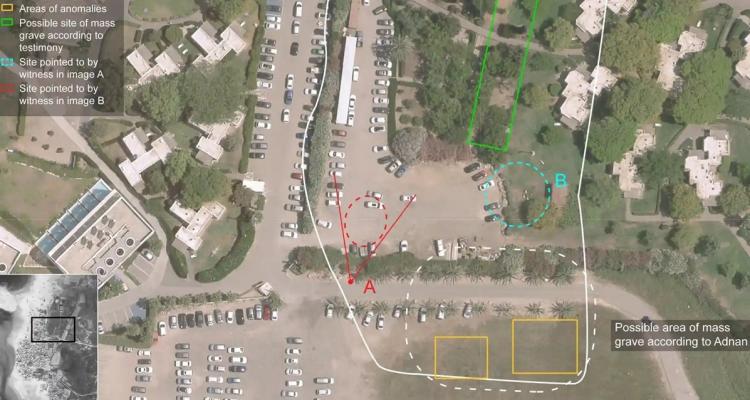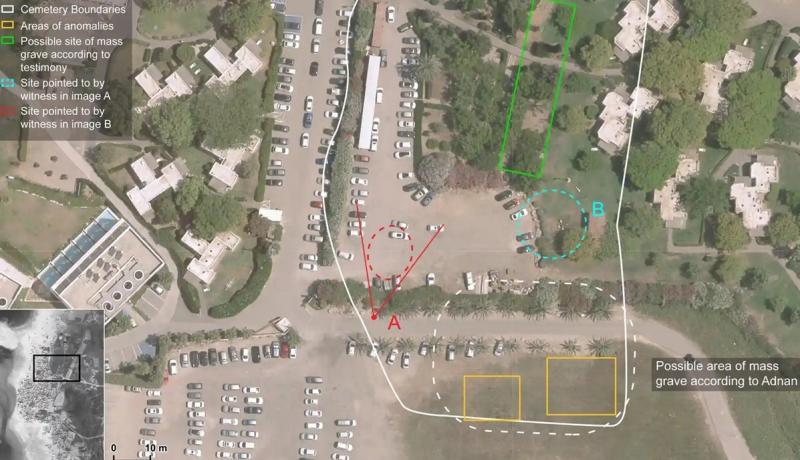Published: 27 May 2023 -

The Peninsula Online
Doha, Qatar: Rayyanah Barnawi, Saudi’s first female astronaut and one of the two Saudi astronauts recently sent to space, shared footage of Makkah as seen from outer space.
On her official social media account, the Saudi astronaut posted a video showing them passing over Makkah from space.
“This is the Grand Mosque,” noted Barnawi as she zoomed into a tiny glowing dot in the distance before exclaiming “look at how bright Makkah is!”
Barnawi was filming footage while onboard the International Space Station, which had welcomed her and other Saudi astronaut Ali al-Qarni last Monday.
On Monday, Barnawi and al-Qarni took off from a SpaceX Falcon 9 rocket aboard a SpaceX Dragon spacecraft as part of the Axiom 2 space mission (Ax-2) to the ISS from NASA’s Kennedy Space Center in Florida.
By Dr. Tim Sandle
Published May 30, 2023

Space experts say Russia's departure from the International Space Station will seriously affect the country's space sector - Copyright AFP Ludovic MARIN
Recently two astronauts – Rayyanah Barnawi and Ali AlQarni – conducted three educational awareness experiments live from the International Space Station with 12,000 Saudi students across 42 different locations in the Kingdom of Saudi Arabia.
These real time experiments with the Saudi crew aboard the ISS occurred were run in collaboration with the Ministry of Education and the King Fahd Abdelaziz foundation. The idea came from the Saudi Space Commission, which is a relatively new organisation, having been established as recently as December of 2018.
The aim of these sessions was to enhance the students’ knowledge of space science and how developments in space contribute to improving the quality of life on Earth. This was demonstrated by juxtaposing terrestrial based experiments, conducted by the students, to the ones being conducted in real-time by the Saudi crew aboard ISS.
Students were able to see how the experiment environment can have a real effect on the results. The areas of focus were: Liquid Fireworks, Space Kite, and Heat transfer. These three subject areas connected with fluid mechanics, aerodynamics and heat transfer.
In many cases the students were able to perform their experiments simultaneously with the ISS crew, enabling them to compare and contrast the outcomes.
The students were divided in three groups relative to their age groups. The first group, 9-12 years, experimented with liquid fireworks, focussing on fluid mechanics. Here the students could compare the effects of microgravity on the speed and shapes of the fluids in space, and witness the impact of gravity on fluids live.
The second group, 13-15 years, built space kites to experiment aerodynamics’ alteration in microgravity compared to Earth. The third group, 15-18 years, experimented with heat transfer to see the changes of colour and time in heat transfer under the impact of microgravity in space in the aim of educating the students that radiation is the only way to transfer heat in space and that heat is transferred differently in space.
The three educational experiments are part of the 14 scientific experiments taken by the two Saudi astronauts during their mission, which included a range of tests from human research and cell science to artificial rain in microgravity.
By engaging Saudi scientists and thousands of students across Saudi, the SSC is keen on growing its space sector and interacting with civil society. Through this it also hopes to inspire Science, Technology, Engineering, and Mathematics (STEM) subjects with the student body. This forms part of the Vision 2030 programme.





